Took the family to beautiful Betws-y-Coed yesterday and with the weather being so kind took a few pics from the bridge in the town. If anyone is up in North Wales and have never been to the town i'd certainly recommend you take the time to go and visit - its stunning and the beer is nice & cold |\|\
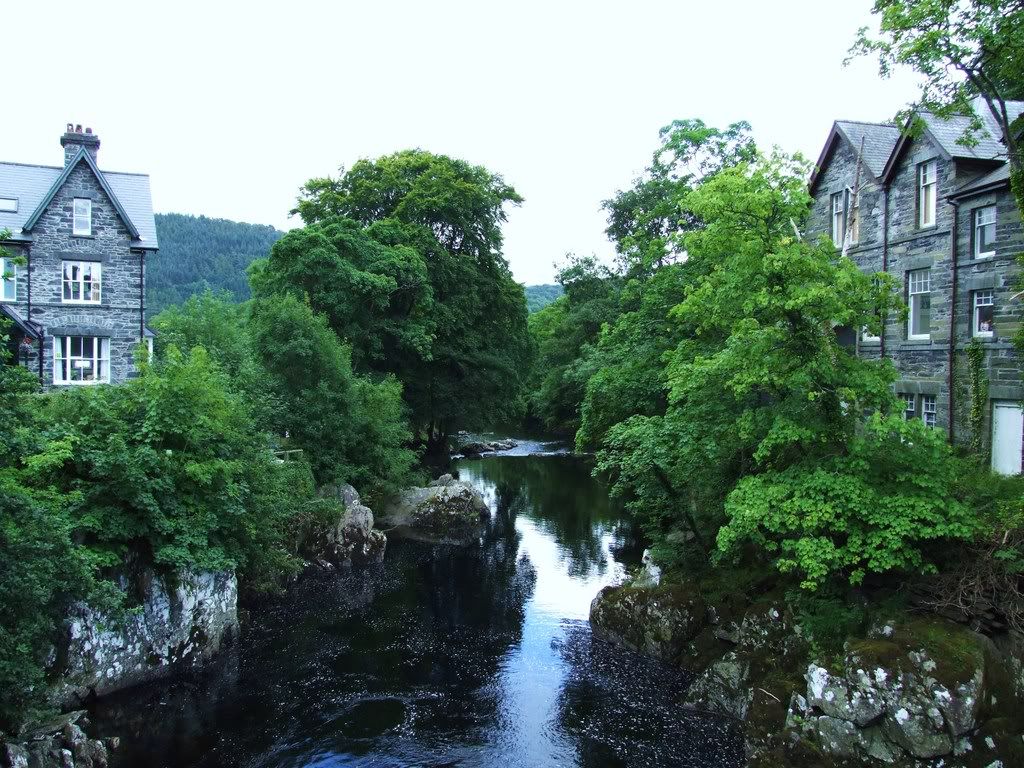
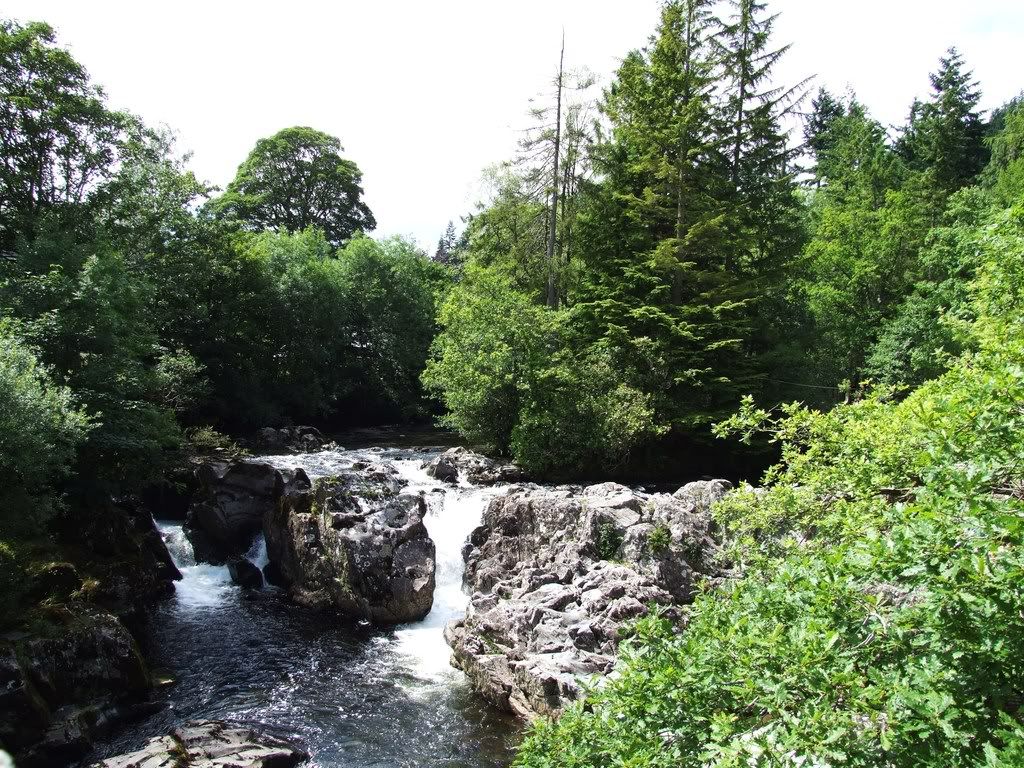
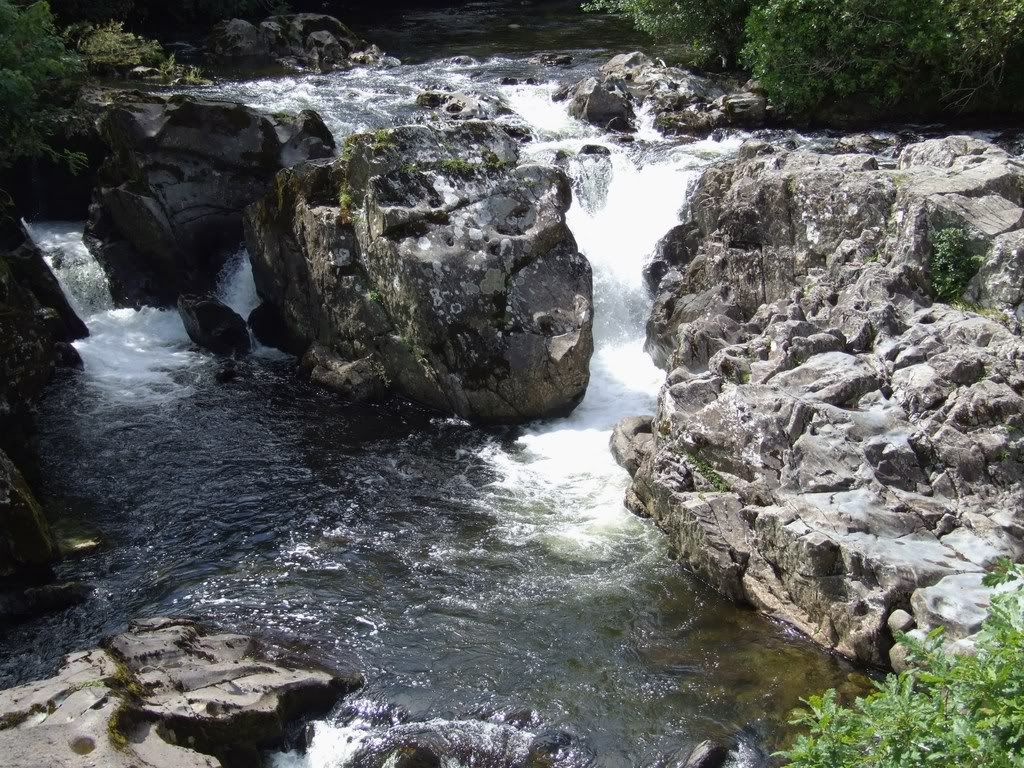
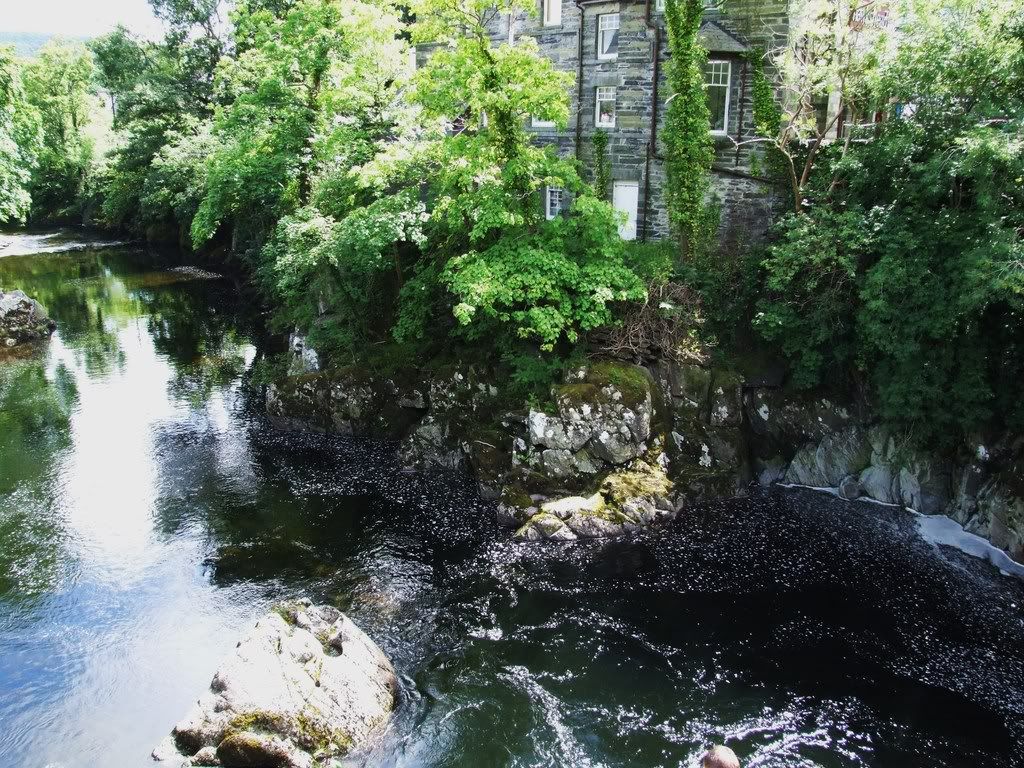
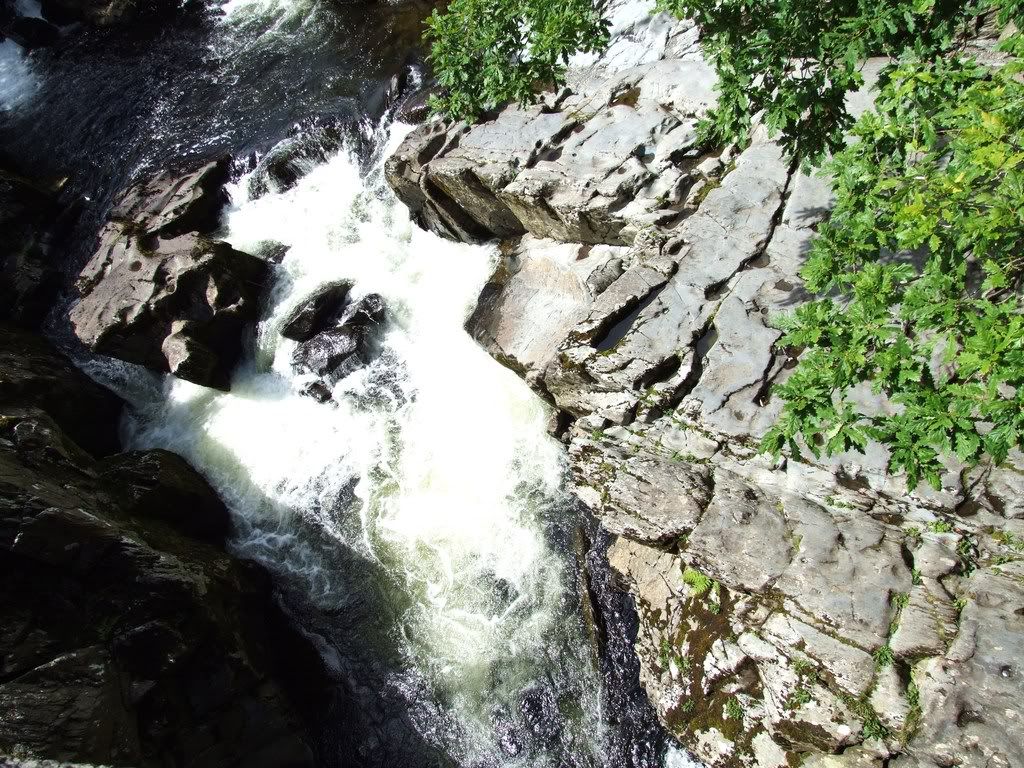






Comment